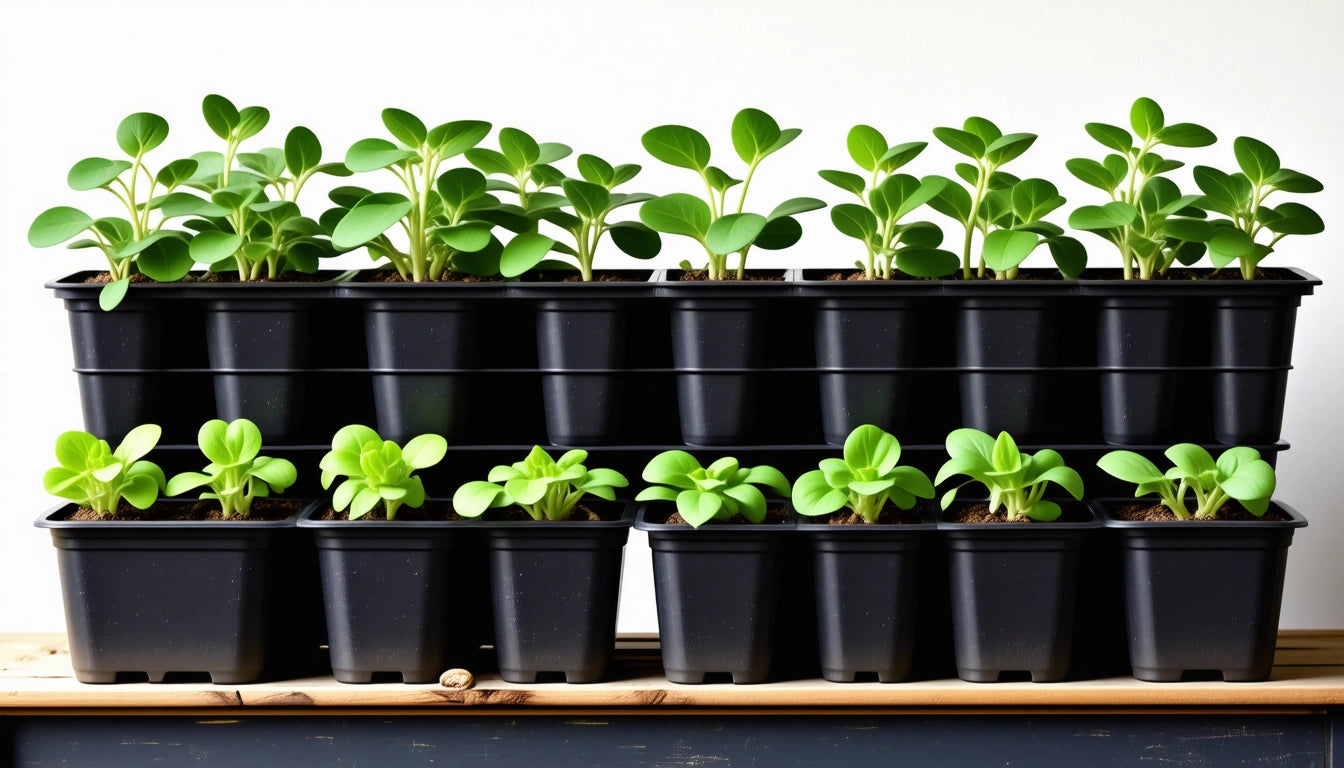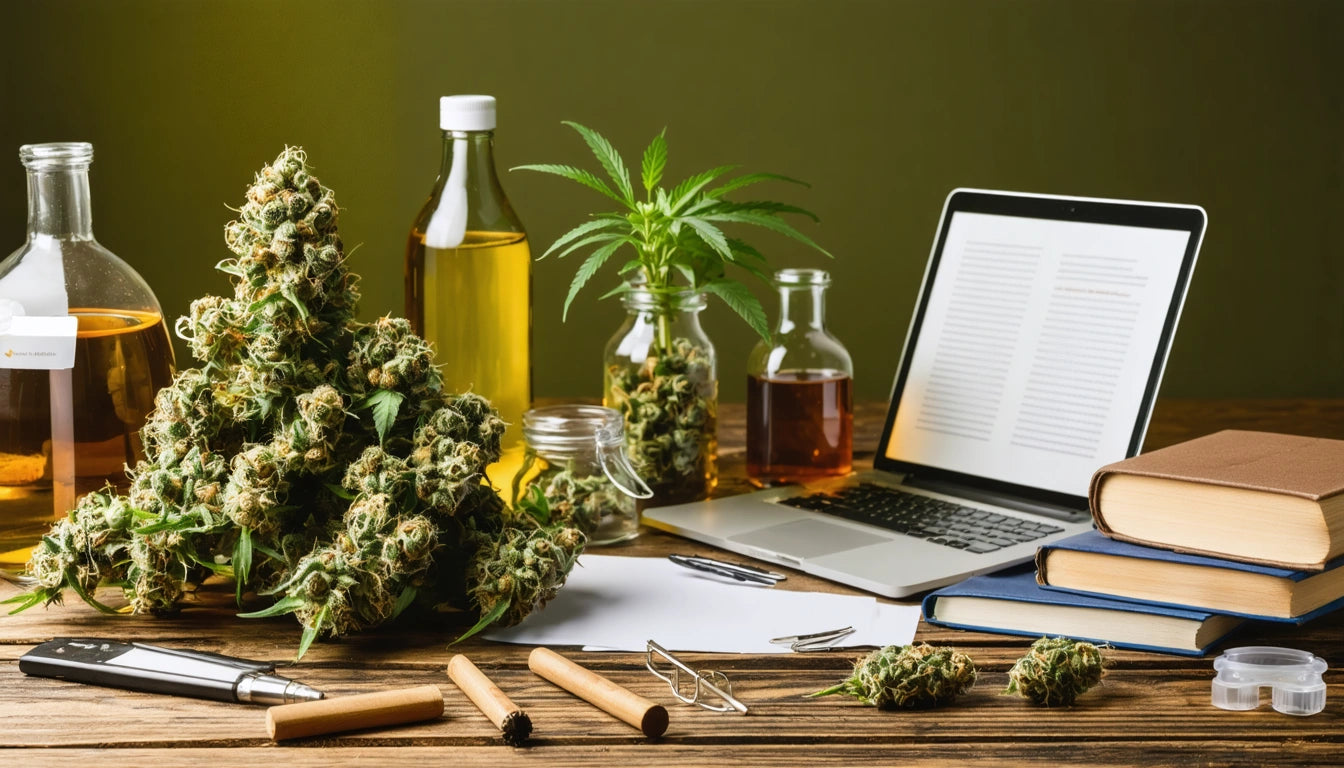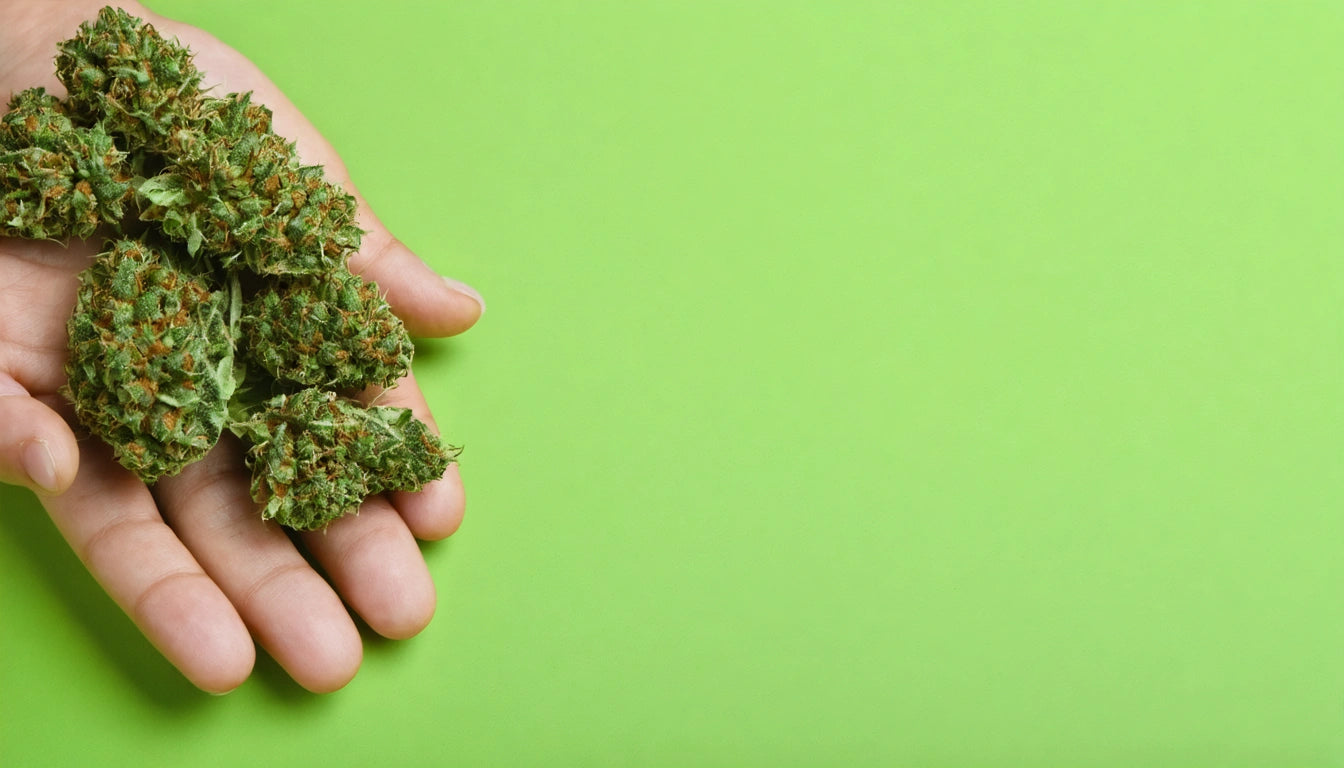Table of Contents
When and How to Repot Seedlings: A Guide for Gardeners
Understanding when to repot seedlings is crucial for their healthy development and future growth. Seedlings that remain too long in their initial containers can become root-bound, nutrient-deprived, and stunted. Conversely, transplanting too early can shock delicate root systems and harm young plants. This comprehensive guide will help you identify the perfect timing and techniques for successful seedling transplantation.
Identifying the Right Time to Repot Seedlings
Knowing exactly when to replant seedlings requires observation of several key indicators. Most seedlings are ready for transplanting when they develop their first set of true leaves (not the initial seed leaves or cotyledons). According to our guide on transplanting to larger pots, this typically occurs 2-4 weeks after germination, depending on the plant species.
Visual Indicators for Transplanting
- Development of 2-3 sets of true leaves
- Seedlings reaching 2-3 inches in height
- Roots becoming visible through drainage holes
- Multiple seedlings beginning to crowd each other
- Yellowing lower leaves (indicating potential nutrient deficiency)
When seedlings outgrow their starter cells or trays, they begin competing for limited resources. This competition can stunt growth and weaken plants. As noted in our comprehensive transplanting guide, waiting until seedlings are slightly root-bound (but not severely) often results in the most successful transplants.
Preparing for the Transplant Process
Proper preparation before repotting seedlings from trays significantly increases success rates. Begin by gathering all necessary supplies and preparing your workspace.
Essential Supplies
- Appropriately sized containers with drainage holes
- High-quality potting mix (not garden soil)
- Watering can with gentle spray attachment
- Small trowel or transplanting tool
- Labels for identifying varieties
- Organic fertilizer (diluted to half-strength)
For commercial growers or those working with multiple plants, specialized filling equipment can streamline the potting process and ensure consistent soil volume and compaction across numerous containers, saving significant time during large-scale transplanting operations.
Always water seedlings 1-2 hours before transplanting to reduce shock and make removal easier. The soil should be moist but not soggy.
Step-by-Step Repotting Technique
When you've determined it's time to replant seedlings, follow these steps for minimal root disturbance and maximum transplant success:
The Transplanting Process
- Fill new containers with pre-moistened potting mix, leaving space at the top
- Create a hole in the center slightly larger than the root ball
- Gently loosen seedlings by squeezing the sides of cells or using a butter knife along edges
- Lift seedlings by their leaves, never by the stem
- Place seedling in the prepared hole at the same depth it was growing previously
- Gently firm soil around roots without compacting
- Water thoroughly with a gentle stream
As highlighted in our essential seedling care guide, maintaining consistent moisture during the first 48 hours after transplanting is critical for recovery. Consider using a humidity dome temporarily if growing indoors.
Post-Transplant Care for Seedlings
The days immediately following transplant are crucial for seedling establishment. Proper care during this period significantly affects long-term plant health and productivity.
Critical Care After Transplanting
- Place in indirect light for 24-48 hours to reduce transplant shock
- Maintain consistent soil moisture without overwatering
- Hold off on fertilizing for one week post-transplant
- Monitor for signs of stress (wilting, yellowing)
- Gradually reintroduce to full light conditions
According to our guide on optimal transplant timing, most seedlings recover from transplant shock within 3-7 days when proper techniques and aftercare are employed.
Common Repotting Mistakes to Avoid
Even experienced gardeners can make errors when repotting seedlings. Being aware of these common mistakes will help ensure greater success:
- Transplanting too early: Seedlings with only cotyledons have underdeveloped root systems that damage easily
- Waiting too long: Severely root-bound seedlings recover slowly and may never reach their full potential
- Improper handling: Damaging stems can kill seedlings instantly
- Incorrect planting depth: Burying stems too deeply or exposing roots can cause rot or drying
- Using garden soil: Garden soil can introduce pathogens and lacks proper drainage for containers
- Forgetting to label: Unlabeled seedlings create confusion later in the growing season
When replanting seedlings, gentle handling is essential. As our comprehensive seed growing guide explains, the stem contains vital vascular tissue that, when damaged, cannot be repaired.
Advanced Transplanting Strategies for Optimal Growth
For gardeners looking to maximize seedling development and minimize transplant shock, several advanced techniques can be employed. These strategies build upon the fundamental knowledge of when to repot seedlings from trays and take your gardening skills to the next level.
Hardening Off Process
Before moving indoor-grown seedlings to their final outdoor locations, implement a gradual hardening off process:
- Day 1-2: Place seedlings outdoors in shade for 2-3 hours
- Day 3-4: Increase outdoor time to 4-5 hours with morning sun exposure
- Day 5-6: Extend to 6-8 hours with more direct sunlight
- Day 7: Leave plants out all day but bring in at night
- Day 8-9: Leave plants out day and night unless frost is predicted
This gradual introduction to outdoor conditions strengthens stems, acclimates plants to UV exposure, and dramatically reduces transplant shock when seedlings are finally moved to their permanent garden locations.
Understanding when to repot seedlings is as much art as science, requiring observation, timing, and gentle technique. By following these guidelines, you'll give your seedlings the best possible start, resulting in stronger plants and more abundant harvests throughout the growing season.











Leave a comment
All comments are moderated before being published.
This site is protected by hCaptcha and the hCaptcha Privacy Policy and Terms of Service apply.